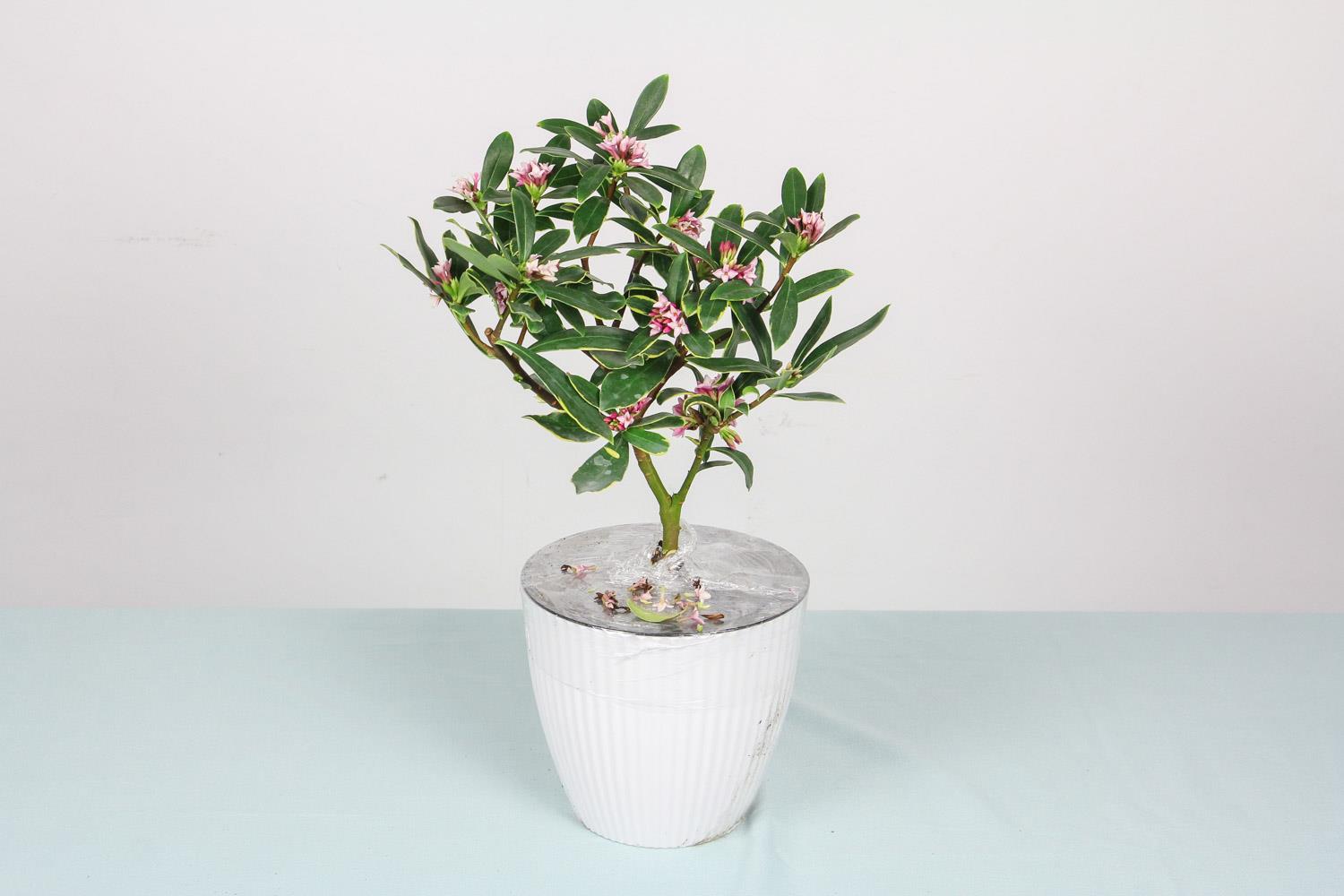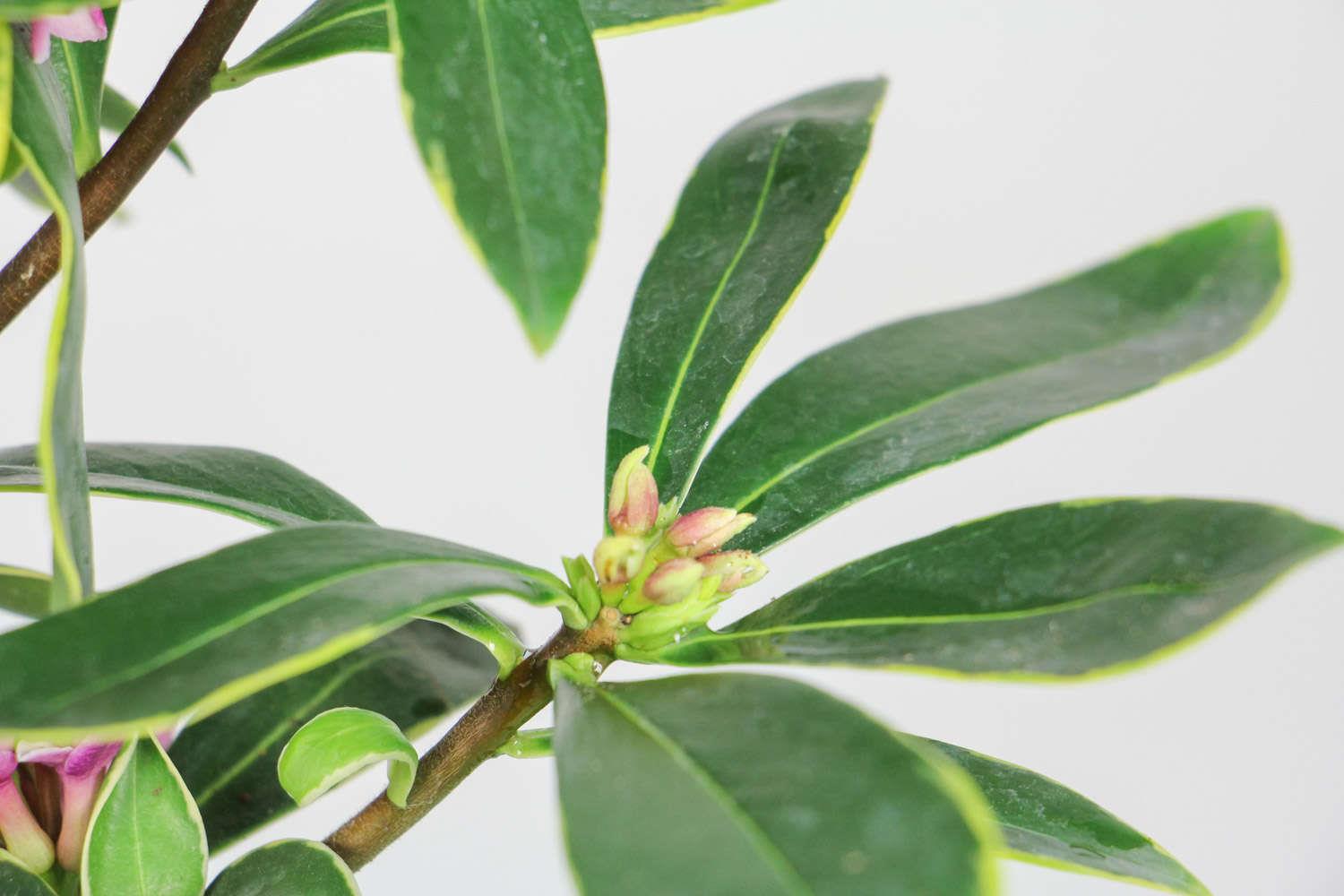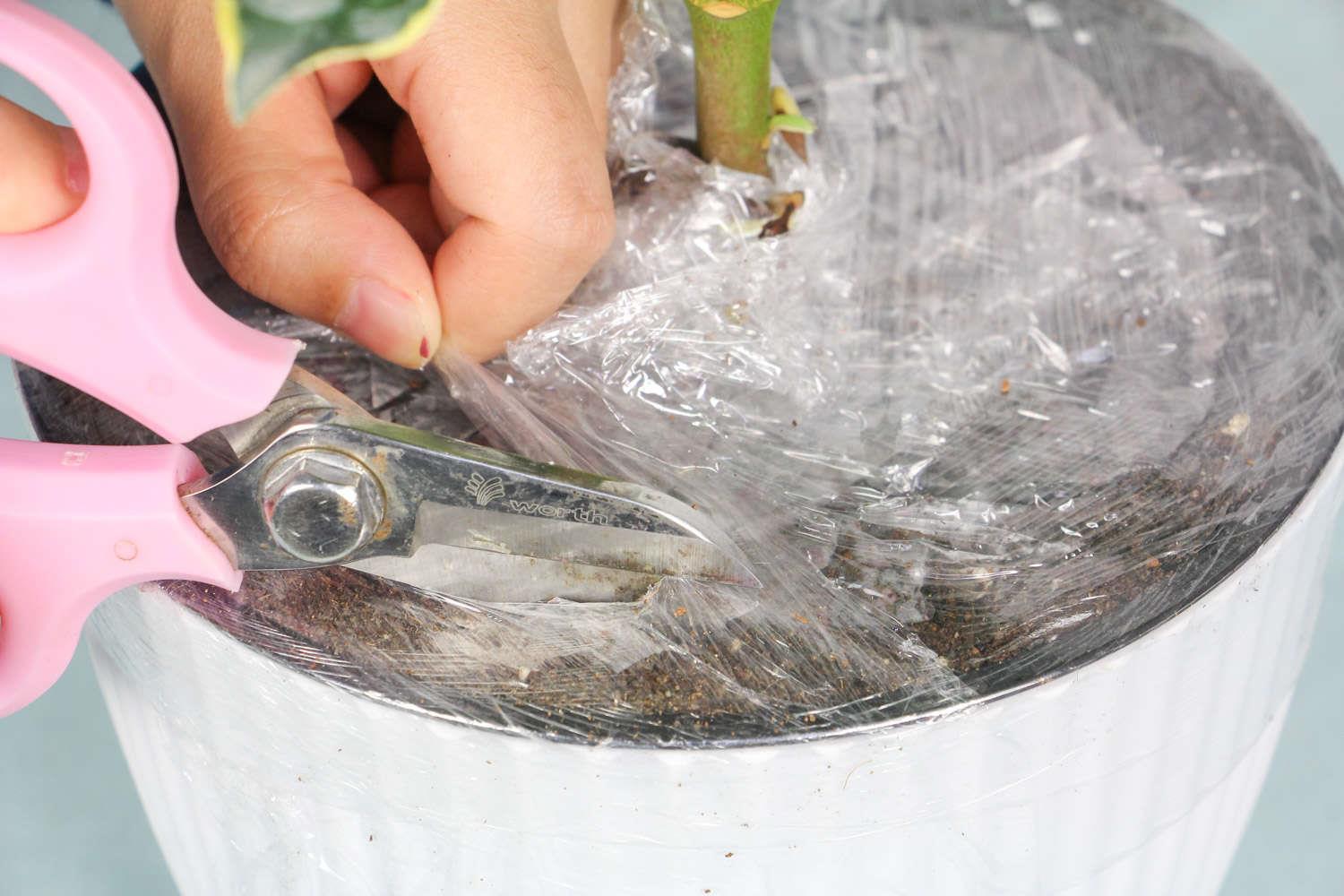Daphne cultivation methods and precautions
Last Update :2024.06.19
Article Catalog
Soil: Daphne prefers fertile, acidic humus soil with high humus content. Watering: Pay attention to the number and frequency of watering to avoid overwatering. Fertilization: Water a relatively thin liquid fertilizer about once every 10 days during the growth period. Light: It should not be exposed to the sun, but in winter and spring it is best to place it where it can be exposed to light.

1. Soil
1. Soil
It is best to use fertile, acidic leaf humus soil with high humus content as potting soil for Daphne. You must not use alkaline soil. You can follow the mountain soil (garden soil): humus soil. Leaf soil (pine needle soil) is mixed in a ratio of 5:2 as potting soil.
2. Watering
The roots of daphne are fleshy, so be careful not to water them too much and not too much. Once watered too much, the pot soil will remain wet for a long time, which can easily cause root rot. After a rain, the accumulated water in the basin should be drained promptly. After frost, the water content of the pot soil should be controlled at about 45%.

3. Fertilization
First of all, sufficient base fertilizer should be applied in winter. In spring, you need to apply about 2 to 3 thin layers of cake fertilizer and water, making sure it is well-rotted. Stop fertilizing in summer to avoid burning the roots. Apply light fertilizer frequently in autumn until flowering occurs. After flower buds appear, you can spray the branches and leaves with potassium dihydrogen phosphate. Generally speaking, it prefers fertilizer. It is best to pour liquid fertilizer every 10 days during the growth period. Pay attention to the low concentration of liquid fertilizer. In addition, be careful not to use human waste as fertilizer.
4. Light
Daphne prefers a semi-shady environment and cannot be exposed to the scorching sun. However, the temperature is lower in winter and spring, so it should be placed in an environment with sunlight. In summer, it should be placed in a well-ventilated and shaded place. If it is too hot, you can spray water appropriately.

5. Precautions
1. Pruning
This plant is relatively resistant to pruning. The denser branches can be cut off before germination to facilitate ventilation and light transmission. Prune it after flowering to maintain the beautiful flower shape. You can shorten the branches where the remaining flowers are located, and cut off overlong branches, cross branches, overly dense branches, overlapping branches and other branches that affect the appearance of the tree.
2. Repotting
Repotting is usually done after the flowers fade, usually every 2-3 years. When changing the pot, you can remove about 2/3 of the old soil, or you can replace all the old soil with new soil. When changing the pot, you can cut off some overly long roots and lift the roots appropriately.

2. Watering
3. Fertilization
4. Lighting
5. Things to note
- END -
Is the green tree easy to care for?

Green treasure trees are easier to grow in warm and humid southern areas. Because ...
Lige Begonia breeding methods and precautions in winter

The sunlight in winter is relatively mild, so Lige Begonia can increase the lighti...